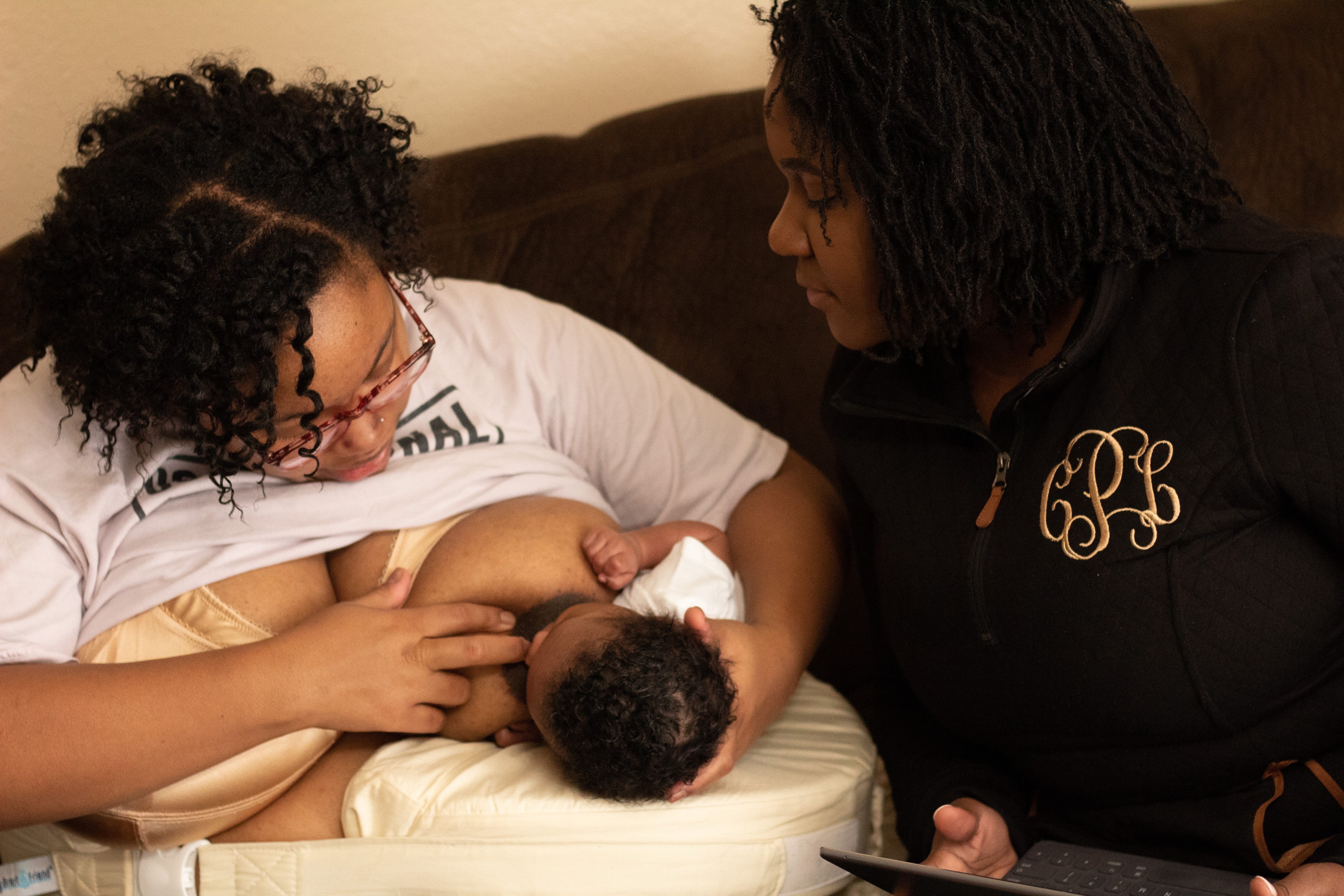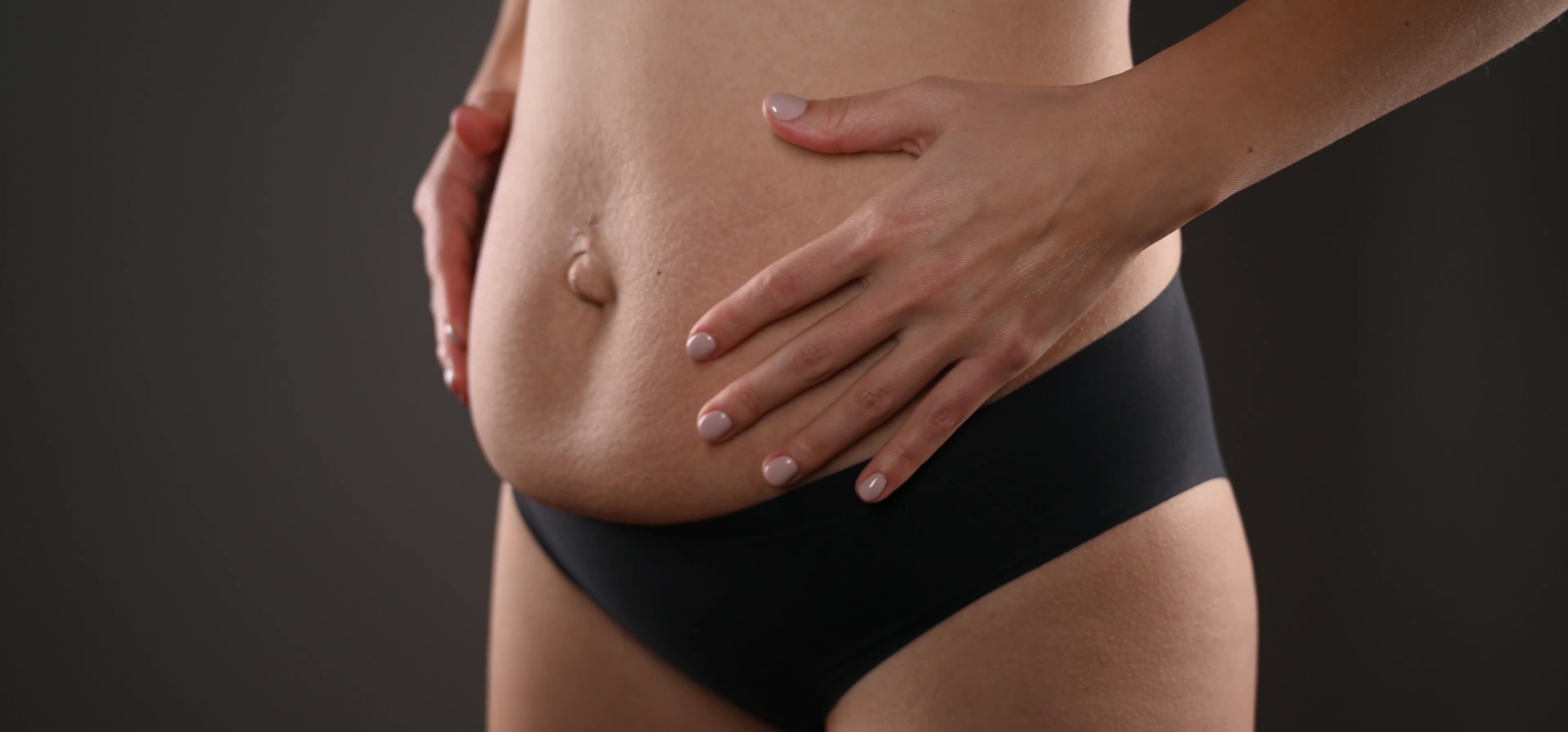Every breastfeeding journey is different and there is a huge variability in regards to when infants and toddlers wean from breast milk. Up until recently, pediatricians recommended breastfeeding babies until their first birthdays and then transitioning to whole cow’s milk. In 2022, the American Academy of Pediatrics (AAP) published updated guidelines for breastfeeding with recommendations to continue to breastfeed children for 2+ years, if desired. In this article we discuss FAQs about weaning breastfeeding.
What is the recommended weaning age?
The World Health Organization and American Academy of Pediatrics recommend exclusive breastfeeding (nothing but breastmilk) for the first 6 months of life with breastfeeding continuing to 2 years and beyond. Both organizations recognize the nutritional, immunological, and emotional benefits of breastfeeding well into toddlerhood. In many other parts of the world, children are breastfed until 3-4 years old, but western cultures tend toward parent-led weaning after a few weeks or months. Cultural norms within the US are beginning to shift as breastfeeding support becomes more accessible to more mothers.
Why does early weaning occur?
The most common reasons for early weaning are breastfeeding-related problems, including difficulty latching, persistent pain while nursing, low breast milk supply (perceived or actual), and/or poor infant weight gain. Other reasons for earlier than anticipated weaning include maternal illness, being started on medications that are not compatible with breastfeeding, lack of social supports, extreme fatigue, and returning to work from maternity leave. It is important to note that any appearance of “self-weaning” before 12 months of age is cause for concern and should be addressed with the support of an experienced lactation professional.
Often, parents can feel confused by their baby’s behavior and may question if their baby is trying to wean. The following are NORMAL infant behaviors that do not indicate that baby is ready to wean:
- Your baby starts to seem distracted during most feedings - It’s normal for babies to become more interested in their surroundings as they grow. Moving to a quiet space and removing distractions such as cell phones and TV can help your baby to focus on feeding. Maintaining eye contact with your baby while feeding can also help minimize distractions.
- Your baby’s breastfeeding sessions are shorter than they were before - Babies often become more efficient at breastfeeding as time goes by. It is not unusual for breastfeeding sessions to be shorter once you’re past the newborn phase.
- Your baby is taking more solid foods and breastfeeding less - Introduction of solid foods signifies a slow transition from breastmilk to solid foods as the primary source of nutrition. Breastmilk should remain baby’s primary source of nutrition until 12 months of age. Offer breastmilk BEFORE offering solids to help ensure your baby isn’t getting full on solids while missing out on key elements only breastmilk can provide. As your baby approaches toddlerhood, they will slowly begin to take more solids and may breastfeed only a few times per day, but this does not mean they are ready to wean completely.
Is my baby on a “nursing strike?”
The term “nursing strike” is used when a baby (usually less than 4-5 months old), who was previously breastfeeding well, refuses to nurse. The main reasons that “nursing strikes” happen are illness, teething, and/or if there is a temporary dip in breast milk supply. Women may experience temporary dips in milk supply when they resume ovulating (this is often the first sign that one’s periods are resuming). “Nursing strikes” are temporary and only last for a few days.
Tips for managing a nursing strike
- Offer your breast when baby is sleepy (falling asleep or just awakening)
- Try different nursing positions including rocking or walking around while feeding
- Prioritize skin-to-skin contact, especially before feedings
- Keep your baby close at night and respond quickly to hunger cues
- Wear your baby in a sling or carrier as much as possible
- Remove distractions by nursing in a quiet, low lit room; avoid using your cell phone or watching TV during feedings
- If you’ve changed deodorant, bodywash, perfume, laundry detergent, etc. consider switching back as your baby may be put off by a new smell
- Use paced bottle feeding
- Pump or hand express for any missed feedings in order to maintain your milk supply; if your supply has dipped, consider increasing pumping sessions to help it increase.
Do I need to wean when my baby starts teething?
Although teething can cause temporary breastfeeding challenges, it’s not a reason to have to wean. In most cases, the gum and mouth pain and discomfort associated with teething only lasts for a few days. Giving cold teething objects and frozen washcloths to chew on while teething can provide relief. If your teething baby starts to bite/chomp on your breast(s) while nursing you should take him or her off of the breast and offer another object to teeth on or gently massage their gums with a clean finger. Experimenting with different breastfeeding positions can also help to optimize latch and minimize pain while nursing a teething infant.
Is there a “right time” to wean from breastfeeding?
The decision about when to wean is a personal one and needs to be individualized for each mother and baby. Many mothers wean before they meet their breastfeeding goals due to cultural pressure, difficulties maintaining breastfeeding while working, and lack of support. An experienced lactation professional can help make a plan to get you to your goal.
What is the best way to wean?
It’s best to wean gradually, following your baby’s lead, if possible. Gradual weaning also helps prevent painful engorgement and plugged ducts (ductal narrowing). Many mothers find success with reducing the amount of time they nurse or pump slowly over several weeks. Weaning quickly increases the risk of engorgement, plugged ducts (ductal narrowing), and mastitis as well as emotional distress for mom and baby. If you need to wean quickly, contact your lactation consultant for additional support.
What should my baby drink after weaning?
It depends on when you wean from breastfeeding. If weaning takes place before your baby’s first birthday you should give infant formula (which is formulated for babies who are 0-12 months old). If weaning takes place after a baby turns one, they can be switched to whole cow’s milk or soy milk – these two types of milk are recommended over other alternative milks (like almond, rice, coconut, and oat milk) because they are higher in protein and healthy fats which are needed for toddler growth and brain development. Though dairy products are a convenient option, you can meet your child’s nutritional needs, without dairy, by offering a variety of whole foods.
References
-
Centers for Disease Control. Breastfeeding Report Card. Online. Last updated 8/31/2022.
-
Meek, J. and Noble, L. American Academy of Pediatrics Policy Statement: Breastfeeding and the Use of Human Milk. Pediatrics. 150 (1). July 2022.
-
National Institute of Child Health and Human Development. What is weaning and how do I do it? Online. Last updated 1/31/2017.
-
Ruowei, L., Fein, S., Chen, J., Grummer-Strawn, L. Why Mothers Stop Breastfeeding: Mothers’ Self-Reported Reasons for Stopping During the First Year. Pediatrics. 122 (supplement 2). October 2008.
-
Weaning from the Breast. Paediatr Child Health. 2004 Apr; 9(4):249-63. doi: 10.1093/pch/9.4.249.
- World Health Organization. Breastfeeding. Online Last updated 8/2/2018.











